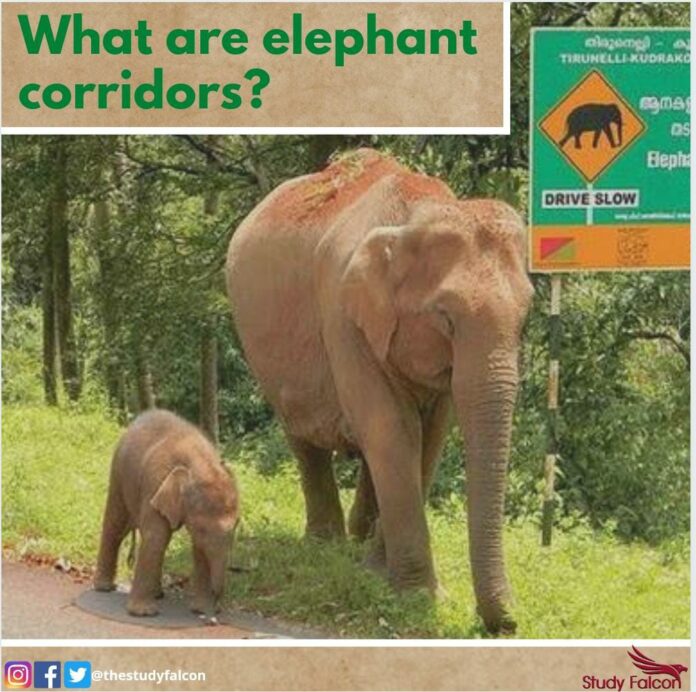The National Green Tribunal (NGT) has directed the Odisha government to prepare an action plan within three months on 14 identified elephant corridors for providing stress-free migration to jumbos from one habitation to another in the State.
The State government of Orissa proposed 14 corridors stretching over a total area of 870.61 sq.km. having a length of 420.8 km. Despite the passing of several years, no tangible progress had been made on government’s proposal.
Wildlife Society of Orissa (WSO), a voluntary organisation, had sought the NGT’s intervention for necessary legal action against encroachers and those violating the Provisions of the Forest Conservation Act 1980 and the Indian Forest Act 1927 in the proposed corridors. The government was urged to remove the unauthorised buildings from the reserve forest land in Dhenkanal district, which sees acute human-elephant conflict, and make the forestland free from encroachment.
The government mentioned in the plan that traditionally 14 corridors have been identified in the State which used to be used by elephants during the course of their migration. These corridors need to be protected. They were disrupted by the all-round development like human settlements, roads, railway line, electric lines, canal and mining.
The NGT has issued a prohibition order directing that all such activities which are not permissible to be carried out in a highly Eco Sensitive Zone (ESZ), should not be undertaken. NGT has also directed authorities to expedite demarcation of the corridors within a specific time frame. The State responded stating that the work of assessing habitat viability and ground-truthing of the already identified elephant corridors was handed over to the Asia Nature Conservation Foundation (ANCF). The ANCF had completed its task with respect to the corridors. The government had even submitted that elephants were sighted in places where the jumbos had never been seen in the recent past.
The government had demanded time to inform the NGT about action plan to strengthen corridors. It, however, failed to give a concrete action on physical progress on corridors. The principal Bench of the NGT — comprising S. P. Wangdi, judicial member, and Saibal Dasgupta, expert member — in its latest order said that the government must treat it as the last opportunity to come up with an action plan.
Elephant corridors are essential to ensure uninstructed moment from one habitat to another. These corridors are linear, narrow, natural habitat linkages that allow elephants to move between secure habitats without being disturbed by humans. As elephants need vast spaces to forage and migrate, many times, they come in contact with humans because of close human contact with forest areas due to plantation of nutritious crops near forest lands, building of homes and roads and railways by humans.
Human Elephant Conflict is a very serious issue in India. Today, over 400 humans are killed in encounters with elephants annually, and crops and property worth millions of rupees are damaged. Human greed kills plenty of elephants through train-hits, poaching for ivory, poisonings and electrocutions. One reason for establishing these corridors is lack of legal protection on Elephant reserves. Elephant Reserves include areas of human use and habitation. Unless they lie within Reserve Forests or the Protected Area network, Elephant Reserves are not legally protected habitats in themselves. Hence, a large population of Elephants is susceptible to human use and exploitation.
This year, as many as 42 elephants have died and 64 persons lost their lives in man-animal conflict in Odisha. Elephants hold a traditional cultural reverence and are recognised as the National Heritage Animal. Due to the same reason, they must be given the strictest level of protection under the law. Currently, these animals are at high risk and highly vulnerable. Hence, protecting them in all possible ways is a national responsibility.










